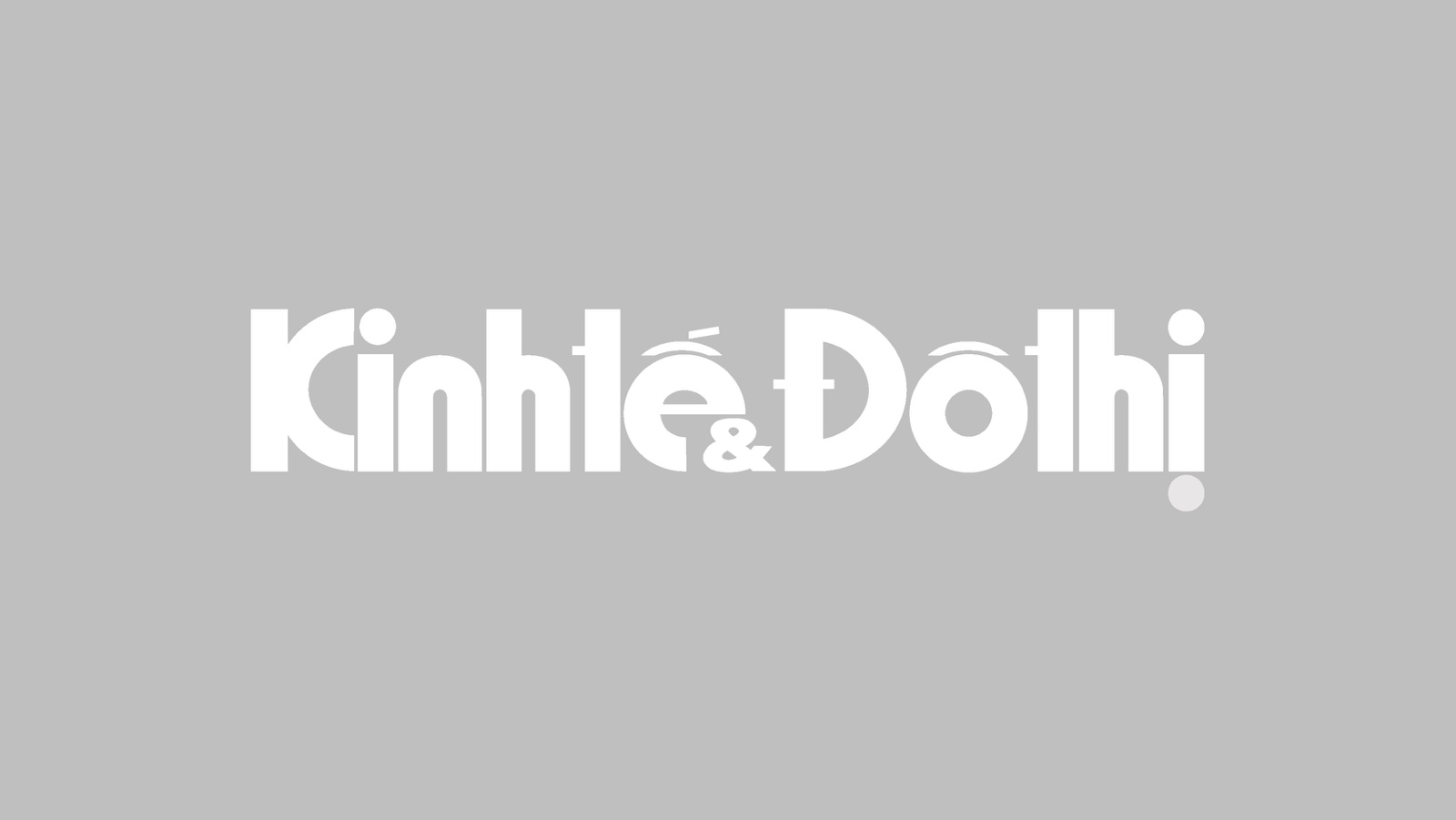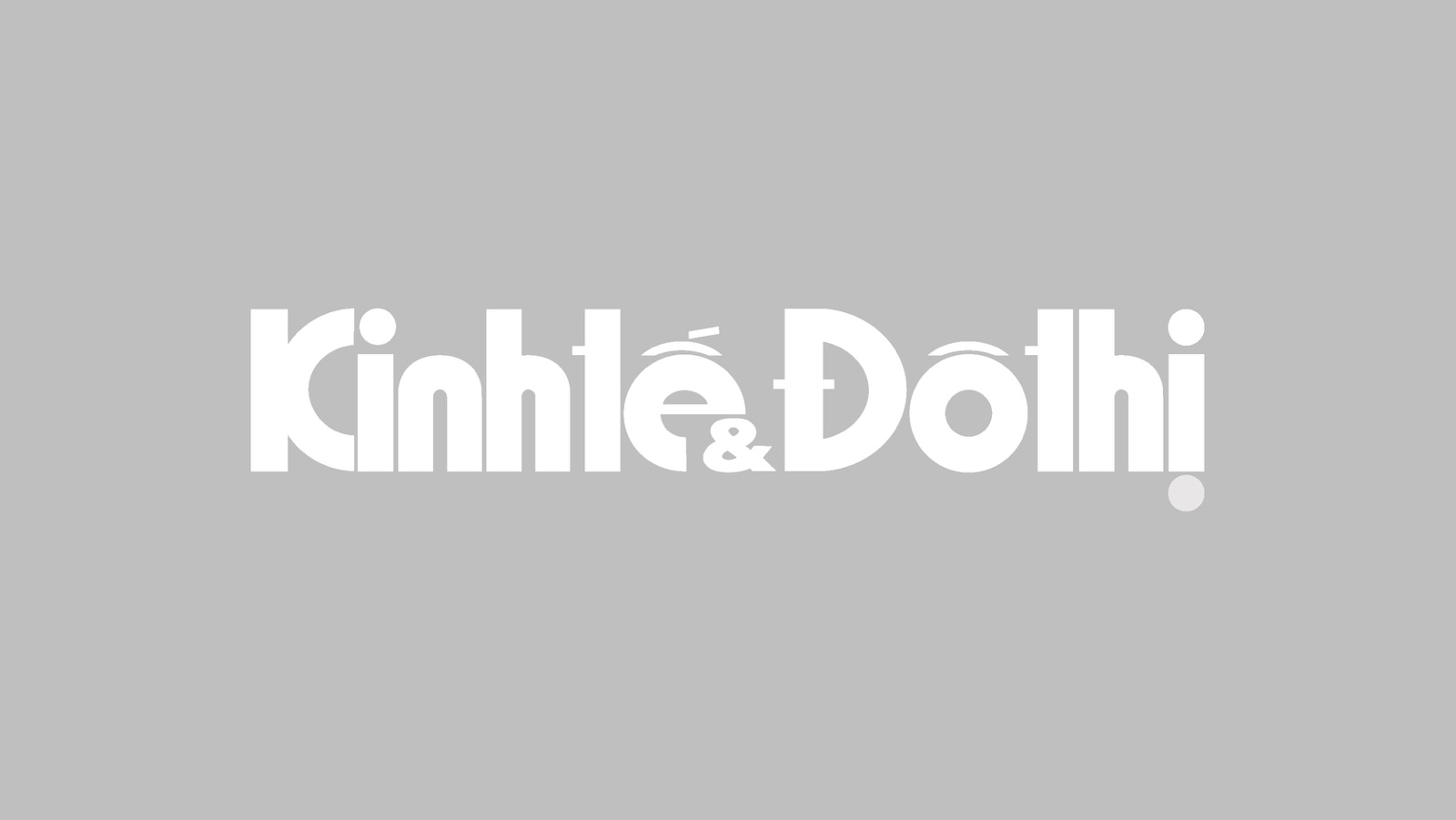Urban clusters as highlight in Hanoi 2050 capital planning
The urban cluster model aims to create additional growth hubs to reduce pressure on the central urban area in sectors.
The latest Hanoi Capital Region Master Plan for 2021-2030 approved by the Prime Minister envisions the capital's urban development following a cluster model, comprising a central urban area, radial urban corridors, and satellite cities integrated within the capital region.
| Hoa Lac Hi-tech Park. Photo: Hai Linh/The Hanoi Times |
Transforming urban landscape
The satellite urban cluster model is not new globally, as cities like Paris, Washington D.C., and London have successfully applied this approach to reduce pressure on central areas while preserving historic cores. For Hanoi, however, this model has been adapted and customized to suit the city’s current and future development.
Dr. Dao Ngoc Nghiem, Vice Chairman of the Vietnam Urban Development Planning Association, highlights that the urban cluster model aims to create additional growth hubs to reduce pressure on the central urban area in sectors such as industry, education, trade, culture, sports, infrastructure, and the environment. Satellite cities are connected to the central core but are functionally independent, allowing them to integrate natural ecosystems while preserving traditional culture, and craft villages, and creating ecological green spaces.
“In the long term, satellite cities will also serve as hubs for innovation and entrepreneurship, helping Hanoi capitalize on the demographic advantage of a young population while preparing for the challenges of an aging society,” Nghiem said.
Hoa Lac, for example, is positioned as a hub for science, technology, and education. Covering 18,000 hectares, it has the potential to accommodate 500,000 residents and serves as Hanoi’s western gateway, connecting the capital to the surrounding regions. Meanwhile, Son Tay, with its historic landmarks such as the Son Tay Ancient Citadel and Duong Lam Ancient Village, focuses on culture, history, and tourism. Spanning 4,000 hectares, it serves not only as a national tourism hub but also a healthcare and recreation hub, capable of supporting 180,000 residents.
Phu Xuyen functions as an industrial and logistics hub, attracting industries relocating from central Hanoi. With 3,000 hectares of developable land, it can accommodate 130,000 residents while serving as a key transportation and goods distribution center.
Xuan Mai, on the other hand, focuses on services, ancillary industries, and the development of craft villages, which are among Hanoi’s existing strengths. Covering 4,500 hectares, it can accommodate 220,000 residents and serves as the southwestern gateway to the city.
| Hanoi from above. Photo: Pham Hung/The Hanoi Times |
As the northern gateway to Hanoi, Soc Son is designed for aviation services, industry, healthcare, education, and tourism. With its strategic location along the trans-Asian economic corridor (Kunming - Hanoi - Quang Ninh), Soc Son also has significant potential for spiritual and international tourism. It covers an area of over 5,500 hectares and has a population of 250,000.
Nghiem also pointed out that, beyond these five key satellite cities, there is potential to develop ecological towns from over 10 existing towns, such as Tay Dang, Kim Bai, Van Dinh, and Chuc Son, alongside more than 10 new ones. These developments will transform Hanoi’s urban landscape, fostering economic, cultural, and social growth while enhancing connectivity with regional and international partners. This progress will put Hanoi on par with the capitals of developed nations.
To ensure the feasibility of this model, it is essential to recognize its importance and address past limitations. Reviewing the scale, connectivity, and available resources, while developing tailored policies, will be critical to ensuring the feasibility and practicality of Hanoi’s urban development plan.
Pressing issues
In recent years, urban development in Hanoi has been quite fragmented, resulting in a patchwork-like urban landscape that stretches across various areas without comprehensively completing any one zone. This approach has led to several negative consequences, including costly but poorly integrated infrastructure investments.
Large urban areas remain sparsely populated, leading to wasted resources, inefficient land use, and challenges to nearby agricultural production. As a result, urban development has done little to improve residents’ quality of life, redistribute the population, or address pressing urban challenges. This disjointed approach has also created a somewhat disorganized and unappealing urban aspect. Experts argue that the current situation reflects a reactive urban development strategy, often driven by proposals from investors with varying capabilities, priorities, and interests.
According to To Anh Tuan, Chairman of the Hanoi Urban Planning and Development Association, the urban cluster model is a critical solution in Hanoi’s master plan to ensure balanced and sustainable development. This model helps prevent over-concentration in the central urban area while addressing pressing issues, optimizing land use, preserving the natural environment and cultural diversity, and fostering more balanced economic and social growth across the city. However, the development of Hanoi’s satellite cities has so far mainly focused on planning, with little progress in implementation.
“In the coming years, Hanoi must adopt concrete programs and plans to accelerate the development of these satellite cities, gradually establishing the urban cluster structure,” said Tuan.
Among these cities, Hoa Lac holds significant potential and strategic importance, making it a priority for early development. By 2030, the focus should be on building basic infrastructure, especially improving connectivity with the central urban area, to facilitate Hoa Lac's growth while preparing for the development of other satellite cities.
Tuan added that Hanoi’s urban development experience underscores the importance of effective implementation during the planning phase. This requires a comprehensive urban development program with clear phases, prioritizing targeted and synchronized development of specific areas. It is crucial to actively organize investment in priority zones, select strategic investors, and focus on the efficient completion of projects. He noted that these principles should be maximized when developing new urban areas like Hoa Lac and other satellite cities.
Developing a new city like Hoa Lac, with an expected population of around 600,000, will take decades and require substantial resources. Expanding the five satellite cities to accommodate 1.4 to 1.5 million people will require even more time and resources. Therefore, accelerating the development of satellite cities is both essential and timely to achieve a balanced, sustainable urban structure for Hanoi, Tuan stressed.
“Hanoi's central urban area serves as the core of the city's urban cluster structure. This is the most critical space for the capital's development and has experienced rapid growth over the past 12 years. The central urban area has fostered a modern, civilized, and distinctive urban identity, significantly contributing to Hanoi's economic and social development while acting as a driving force for urban economic growth both locally and nationally. However, under the pressure of urbanization and challenges related to economic and social development, population growth, urban infrastructure, environmental concerns, and resource mobilization, both the central urban area and Hanoi as a whole must carefully evaluate and prioritize future development directions. It is essential to capitalize on new growth drivers, emerging trends, and evolving domestic and international contexts. In doing so, Hanoi can effectively promote key industries and sectors for the period 2021-2030, with a long-term vision towards 2050. Additionally, there must be a strategic orientation for spatial and infrastructure development over a longer period of time to ensure sustainable progress,” Asc. Prof. Le Quan, Rector, Hanoi University of Architecture. |











